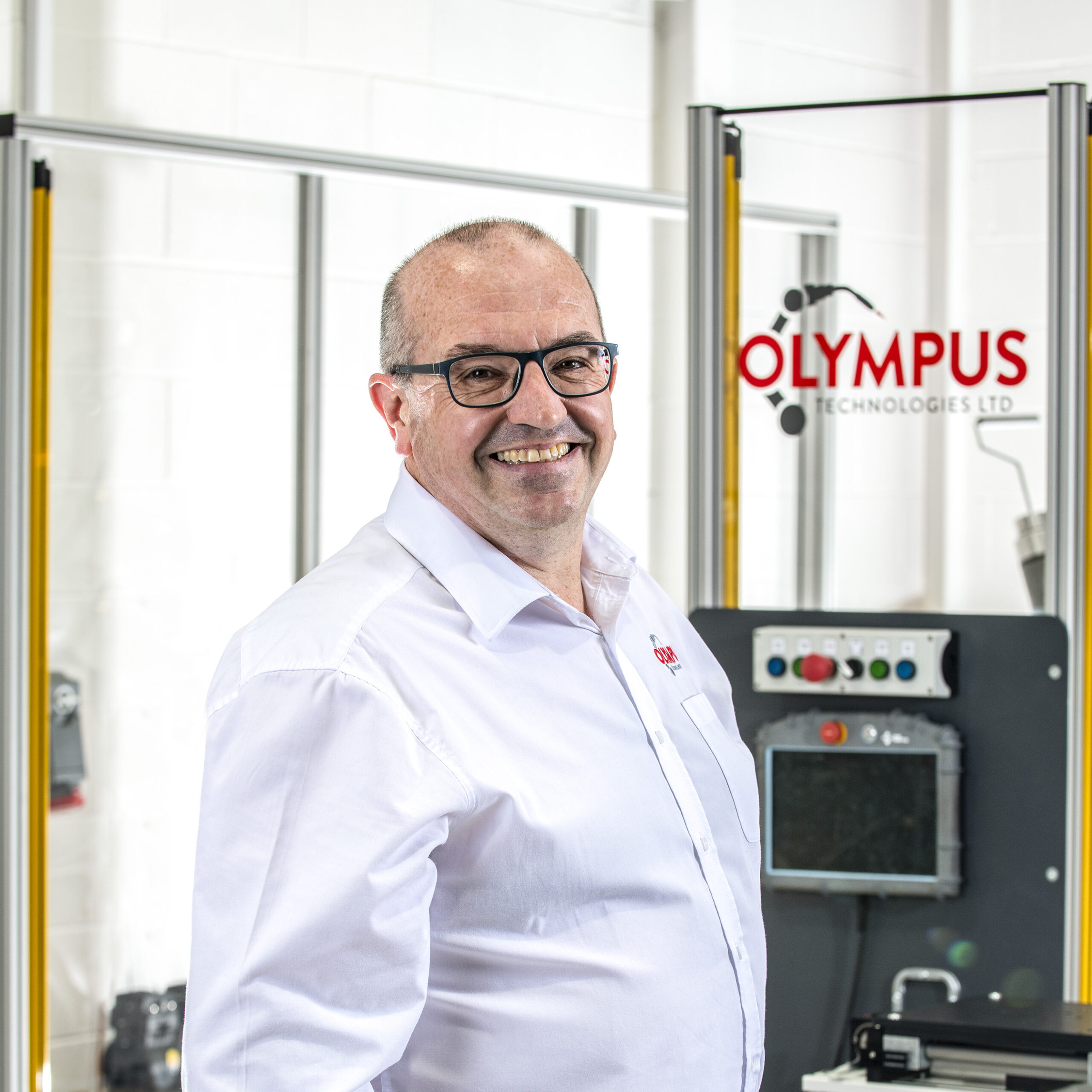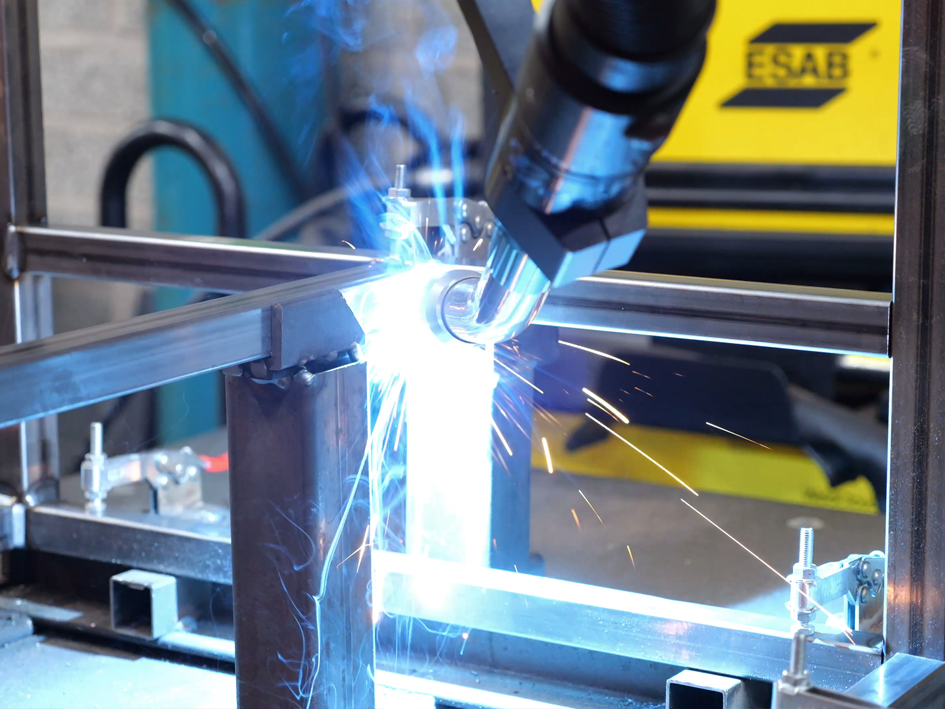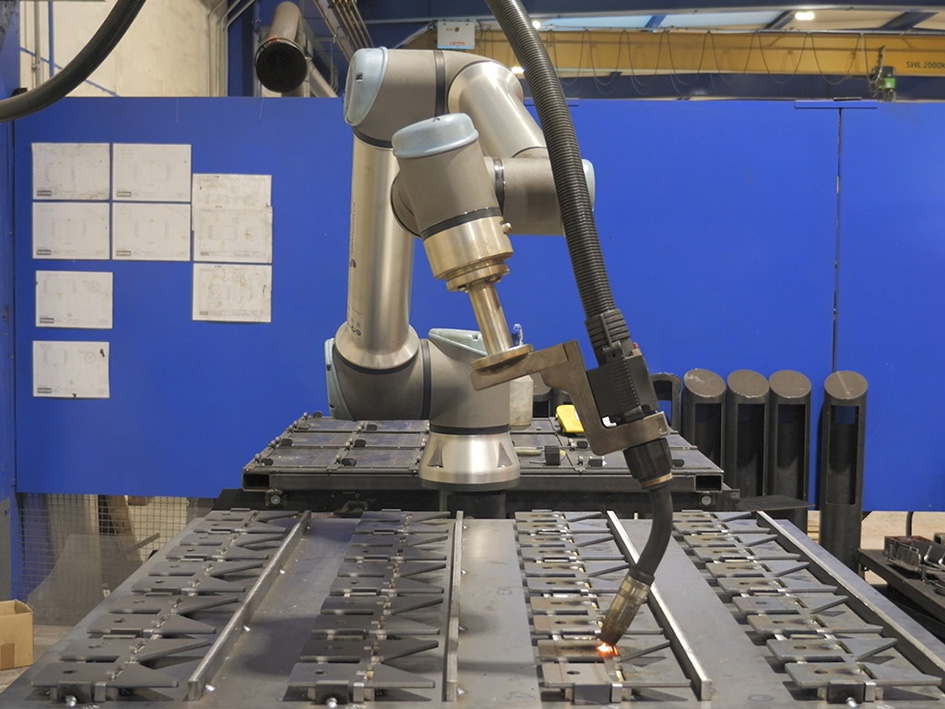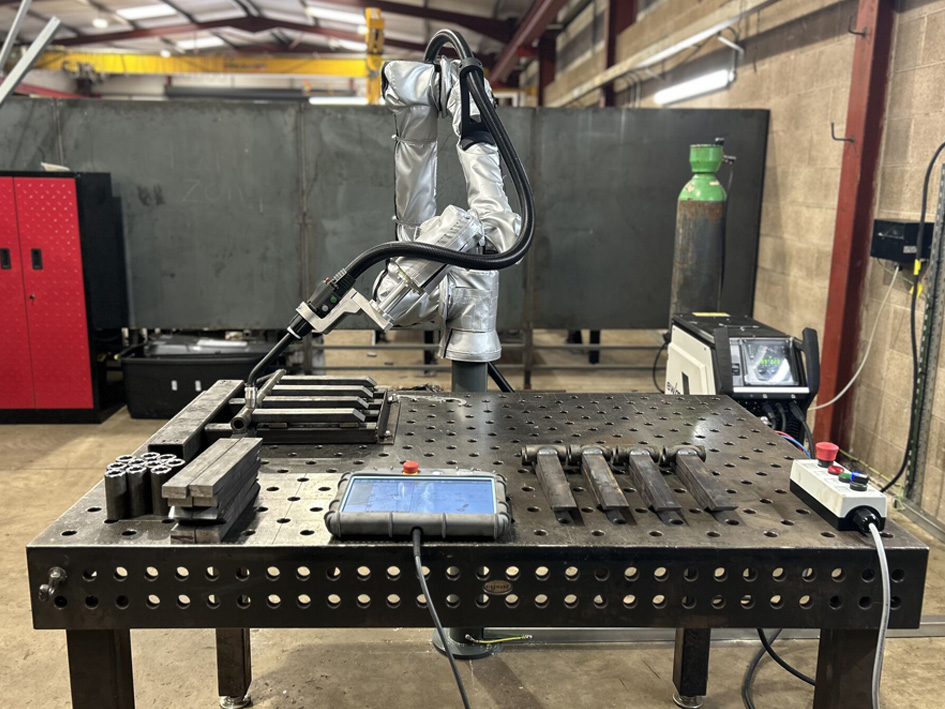In modern manufacturing, where speed, accuracy, and efficiency shape success, upgrading your packaging line is more than a choice - it’s a strategy. As demand for every packaged product grows and labor costs rise, businesses are rethinking manual packing processes in favour of smarter, scalable packaging automation.
The right upgrade doesn’t just reduce costs. It transforms your production line into a future-ready system designed for resilience, consistency, and long term success.
Why Packaging Automation Matters
Today’s packaging process is about more than output. It’s about building resilience into your operation. With automation, companies can:
- Cut labor costs while overcoming recruitment challenges.
- Enhance quality control and reduce human error.
- Improve profit margins through leaner, smarter systems.
- Scale production to meet changing packaging needs with confidence.
For industries like consumer goods, food, and distribution, automating the end of line is critical to protect productivity, consistency, and equipment performance.
What Is Case Packing Automation?
Case packing is the step where finished goods are placed into a cardboard box or container for shipping. This form of secondary packaging sits at the end of the production line and is essential to safe transport.
Automated case packers replace manual operations, handling both rigid products and flexible formats with greater speed and accuracy. By optimizing product flow, automation keeps goods moving efficiently without compromising handling or presentation.
Manual vs. Automated Packing
Relying on manual operations often means inconsistent output, rising labor costs, and the risk of costly downtime.
By contrast, automated packaging solutions deliver:
- Continuous performance with minimal downtime.
- Compatibility with varied packaging materials.
- Improved accuracy, reduced waste, and higher consistency.
The result is an investment that strengthens both short-term efficiency and long-term business growth.
Choosing the Right Case Packing System
No two packaging systems are alike. The best fit depends on production needs, product type, and overall operation.
- Top-load case packers: suited for fragile or irregular items.
- Side-load case packers: ideal for high volume runs of uniform products.
- Wraparound machines: effective when space is tight.
For greater flexibility, robotic case packing systems adapt quickly to changing SKUs and formats. They’re particularly valuable for co packers, low volume runs, or manufacturers adding new products frequently.
With robotics, businesses gain precision, adaptability, and greater flexibility without overhauling their entire line.
Signs It’s Time to Upgrade
Delaying automation can hold back growth. Watch for these red flags in your packaging machinery:
- Rising labor costs or recruitment difficulties.
- Quality issues from product damage or poor quality control.
- End of line bottlenecks stalling your production.
- Inability to handle new SKUs or formats.
- Escalating ongoing maintenance costs.
- Business growth demanding higher throughput.
If these challenges sound familiar, upgrading to flexible automation should be a priority.
Key Considerations Before Automating
Before investing, evaluate your packaging line carefully. Look at:
- Current production needs and layout.
- The lifecycle of existing machinery and expected maintenance.
- Integration with case erectors, sealing units, and conveyors.
- Required modularity for future equipment upgrades.
- Expected ROI based on lower costs, higher efficiency, and stronger profit margins.
Automation is not just about machines - it’s about securing sustainable growth.
Benefits of Automated Packaging
Upgrading your packaging process with robotics brings measurable results:
- Maximum efficiency across the line.
- Lower reliance on manual labor, minimizing human error.
- Improved presentation, durability, and consistency.
- Reduced waste, lowering environmental impact.
- Easier handling of seasonal peaks and new product launches.
These benefits ensure your operation is prepared to scale efficiently.
Optimising Packaging Machinery
A resilient packaging system combines several elements:
- Case erectors to assemble cartons.
- Robotic case packers for precise placement.
- Sealing machines for secure closure.
- Conveyors, sensors, and vision systems for smooth flow.
Optional tools like inspection units or palletisers add further value, while advanced software minimizes operator input and streamlines changeovers.
Packaging Systems Integration
Integration is where upgrades succeed or fail. A smooth transition relies on:
- Auditing your current process to uncover pain points.
- Partnering with trusted integrators who understand your manufacturing challenges.
- Designing for scalability, adaptability, and support.
At Olympus Technologies, our team delivers turnkey solutions - from consultation through implementation—so your machines and equipment perform from day one.
Flexible Packaging in Consumer Goods
The consumer goods sector faces growing pressure for speed, personalisation, and sustainable packaging materials. Flexible packaging automation supports:
- Faster delivery and reduced lead times.
- Compliance with safety standards.
- Improved handling of recyclable films and eco-friendly options.
For manufacturers, this balance of quality control, agility, and sustainability is key to staying competitive.
Planning Your Upgrade
A phased approach helps reduce risk when upgrading your packaging systems:
- Evaluate: map the current line and identify automation opportunities.
- Design: develop a tailored solution for your packaging needs.
- Pilot: test, measure, and refine performance.
- Deploy: roll out with minimal disruption.
- Measure: track benefits across cost savings, productivity, and consistency.
This structured rollout ensures smoother adoption and stronger long-term investment returns.
Conclusion: Is It Time to Invest?
If your packaging line struggles with costly downtime, manual operations, or rising maintenance expenses, the time to act is now. Upgrading with Olympus Technologies’ robotic case packing and packaging automation solutions gives you the efficiency, flexibility, and control you need to thrive.
We help businesses cut labor costs, improve quality control, and protect profit margins—all while reducing environmental impact.
Ready to transform your end of line? Contact Olympus Technologies today and see how our robotic solutions can take your packaging process to the next level.
FAQs
How does flexible packaging automation improve quality control?
Flexible automation ensures products are handled consistently across the production line, reducing human error and protecting against damage. This not only safeguards the packaged product but also strengthens customer trust in your brand.
What are the benefits of robotic case packing compared to manual operations?
Robotic case packing delivers speed, precision, and minimal downtime, unlike manual operations that depend on workforce availability. This means higher throughput, reduced waste, and better adaptability to evolving packaging needs.
When should manufacturers upgrade their packaging machinery?
Signs include rising labor costs, frequent maintenance, or bottlenecks in the end of line process. If your equipment performance can’t keep up with demand or new SKUs, upgrading your packaging systems is the best way to protect long term success.
How can automation reduce environmental impact in packaging?
Automated packaging improves material usage, cutting waste from excess packaging materials. By reducing reliance on manual packing processes, businesses also lower energy usage and ensure more sustainable packaging solutions.














